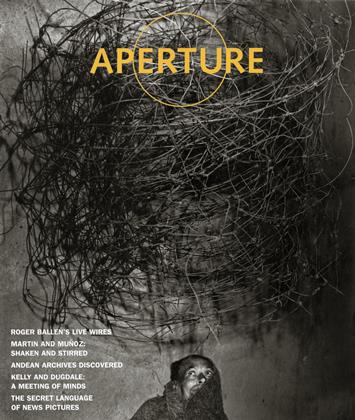LORNA SIMPSON
London: Phaidon, 2002
We all know a classic Lorna Simpson photograph when we see one: those elegant black female figures, their backs to us, rejecting any familiarity yet communicating with us feverishly in accompanying written messages located just beyond the borders of the image.
When these works first appeared in the early 1980s they held up the medium of photography for intensive interrogation. Using the traditional format of the silver print, Simpson questioned the authority of realism that defined the photographic project. Particularly at issue were the tropes of documentary practice (perhaps best known through the angst-laden pictures of the New Deal era), which in their illumination of human suffering mostly framed such realities as natural, inevitable occurrences, the political causes behind the events remaining invisible and unexamined.
(continued on next page)
Loma Simpson continued
Simpson often provided detailed visual accounts of the body in her work but denied the strategies of the portrait and the particulars of biography thought to reside in the countenance. She also undermined the vision of the erotic female body as subject by never presenting nudes in the tradition of Western art, instead clothing her models in light, white shifts that covered the sensual form. As artist Coco Fusco reminds us: “Those enigmatic and alluring black female figures with their backs turned or their faces out of the frame came to stand for a generation’s mode of looking and questioning photographic representation.”
—from “(Un)Seen & Overheard: Pictures by Lorna Simpson” by Kellie Jones
 View Full Issue
View Full Issue
More From This Issue
-
 Archive
ArchiveLost Worlds
Winter 2003 By Peter Yenne -
 Work And Process
Work And ProcessJohn Dugdale And John Kelly
Winter 2003 By David Frankel -
 Roads Less Traveled
Roads Less TraveledElegy In White
Winter 2003 By Carlo McCormick -
 Work In Progress
Work In ProgressRoger Ballen's World
Winter 2003 By Charles Bowden -
 Essay
EssayReading Newspaper Pictures
Winter 2003 By Philip Gefter -
 Festivals
FestivalsChobi Mela Ii Festival Of Photography
Winter 2003 By Brian Palmer
Subscribers can unlock every article Aperture has ever published Subscribe Now
Selected Books
-
 Selected Books
Selected BooksGeert Van Kesteren: Baghdad Calling
Fall 2008 -
 Selected Books
Selected BooksLarry Towell: The World From My Front Porch
Fall 2008 -
 Selected Books
Selected BooksMolly Rogers Delia's Tears: Race, Science And Photography In Nineteenth-Century America
Spring 2011 -
 Selected Books
Selected BooksMarco Van Duyvendijk Eastward Bound
Spring 2011 -
 Selected Books
Selected BooksRobert Longo: Men In The Cities
Winter 2009 By Robert Longo -
 Selected Books
Selected BooksDavos
Winter 2010 By Walter Keller



